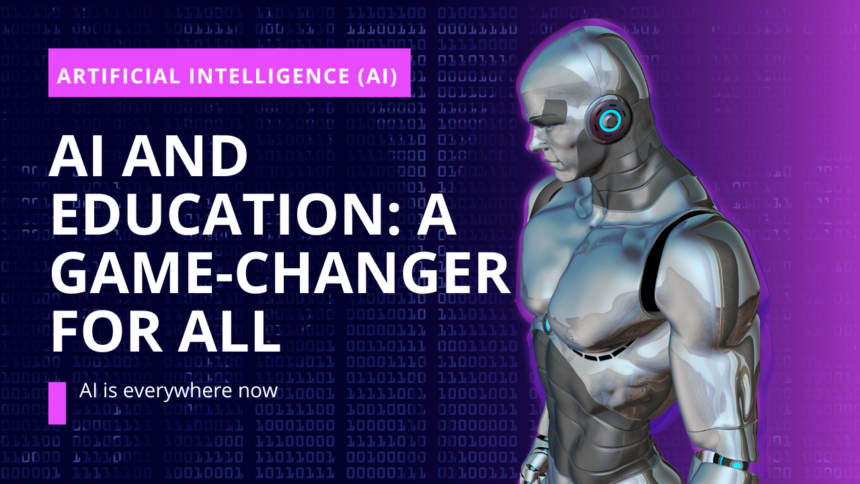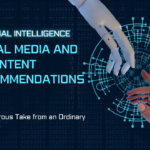I still remember the first time I asked ChatGPT to explain something I didn’t get in class. It was about vectors the kind of math that used to twist my brain into knots. I typed a messy question at midnight, half expecting some robotic mumbo jumbo in return. Instead, I got a clear explanation with examples I could actually understand. It didn’t feel like a textbook. It felt like a really smart friend walking me through it step-by-step.
That was the moment I realized things were shifting in a big way.
AI in education isn’t just about flashy tools or algorithms humming in the background. It’s become a quiet partner in the learning process. Whether you’re a student juggling work and assignments or a teacher trying to reach kids who learn in different ways, this tech is making things feel more personal, more flexible more human, weirdly enough.
Let’s take a look at how.
Learning On Your Terms
Back in school, I had a physics teacher who talked so fast, you’d swear he was in a race against time. If you missed a concept, tough luck we were moving on. These days, with platforms powered by AI, you don’t have to keep up with someone else’s pace. You can pause, rewind, or ask the same question in ten different ways without feeling embarrassed.
A friend of mine a mom of three who went back to school at 40 told me how tools like language learning apps helped her pick up Spanish in the school pickup line. She said it felt less like homework and more like having a tutor in her pocket. That kind of flexibility? That’s everything when you’re balancing ten things at once.
Teaching Just Got a Whole Lot Smarter
For teachers, AI isn’t here to replace anyone. It’s more like having an assistant who’s available 24/7. Lesson planning, grading quizzes, tracking who’s struggling and who’s flying ahead AI can take the busywork off a teacher’s plate so they can focus on what really matters: connecting with their students.
One teacher I spoke with uses AI to give her students personalized feedback. Before, she’d write the same comments over and over. Now, she tailors responses based on the student’s writing style and progress. It’s helped her build stronger relationships with her class, without spending every evening buried in papers.
Making Education More Fair
Not everyone learns the same way and not everyone has the same access to good education. That’s just the truth. But AI is helping close that gap. Think about a kid in a rural area with spotty internet. With offline-capable AI apps, they can still get help with math or reading even if they can’t stream a YouTube lesson or hop on a Zoom call.
And for students with learning differences? AI tools that read text aloud, turn voice into writing, or offer visual explanations are changing the game completely. It’s not about giving anyone an unfair edge it’s about giving everyone a fair shot.
A Few Words of Advice
If you’re a student, don’t treat AI like a crutch treat it like a coach. Ask questions, test its limits, but always do your own thinking. AI can show you the path, but you still have to walk it.
If you’re a parent or teacher, explore it with curiosity. Use it to lighten the load, not control the classroom. The best learning still happens through connection, and no bot can replace that.
The tech’s moving fast, and yeah, it can be a little overwhelming. But when used with care and creativity, AI isn’t some cold machine in the corner. It becomes part of the conversation, part of the process just like a good teacher or a helpful peer. And honestly, that’s a pretty great shift.
Want to make the most of it? Start experimenting. Ask it questions, try out new apps, and see what clicks. The future of learning isn’t out there it’s already in your hands.


